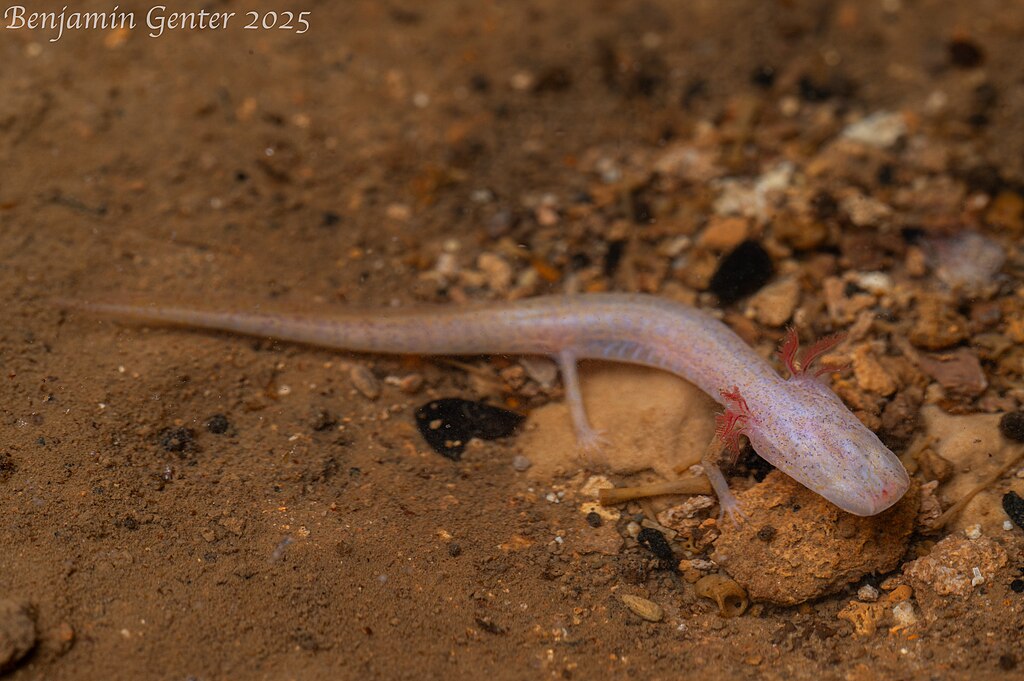In the lush tropical regions where coconut palms sway in gentle breezes, a fascinating reptilian inhabitant has adapted to make its home among the fibrous layers of coconut husks. The Brahminy blind snake (Indotyphlops braminus), often referred to as the “coconut snake” by locals, represents a remarkable example of evolutionary adaptation to a specialized niche habitat. These diminutive reptiles have developed a unique relationship with coconut palms, turning discarded husks and debris into protective micro-habitats. Their presence within this unassuming environment showcases nature’s incredible ability to utilize every ecological niche, even those created by the intersection of plant life and human agriculture.
The Identity of the Coconut Husk Snake
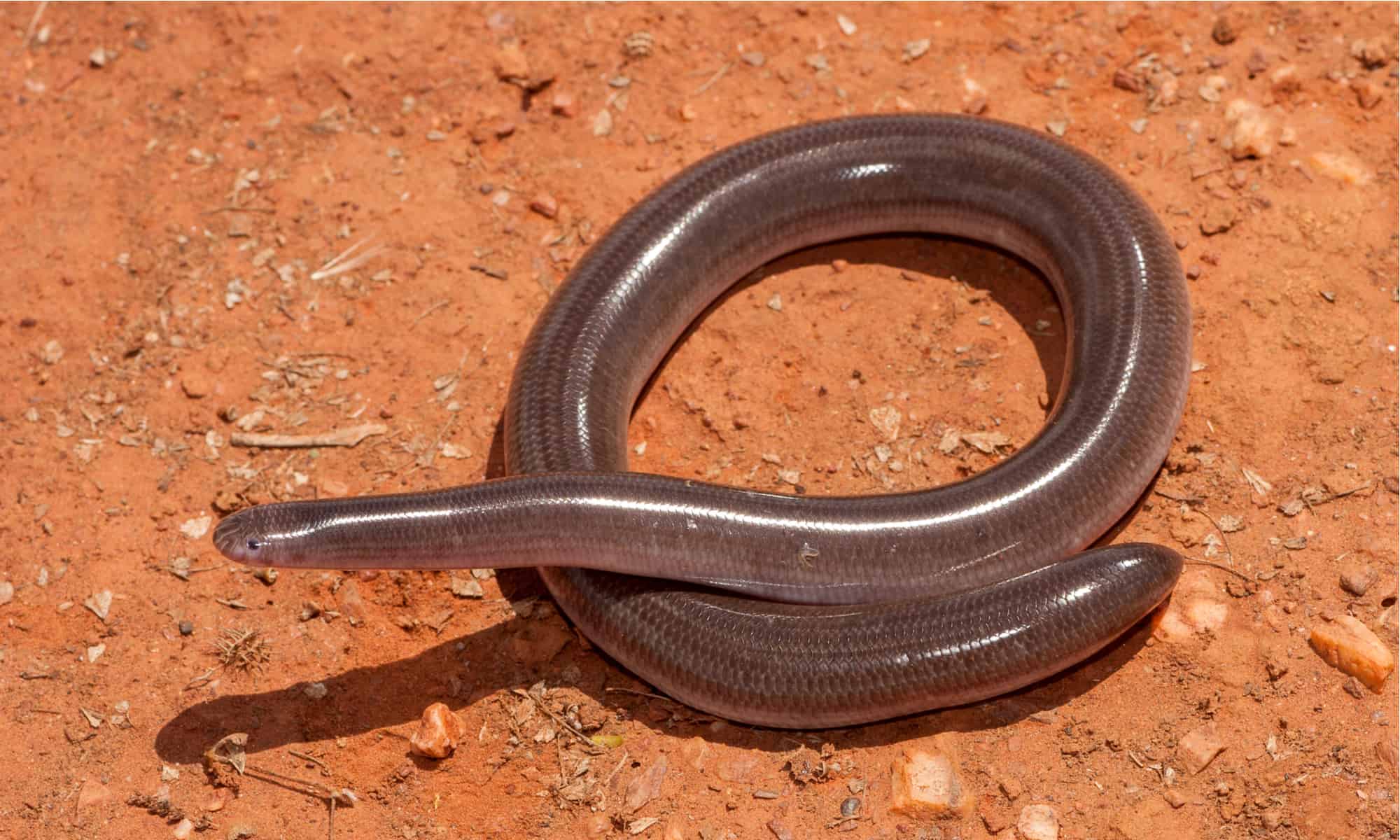
The primary species associated with coconut husk habitation is the Brahminy blind snake (Indotyphlops braminus), though several other small snake species may occasionally be found in this habitat. These snakes are among the world’s smallest serpents, typically measuring just 2-4 inches in length with a diameter similar to that of a spaghetti noodle. Their slender, worm-like bodies are perfectly adapted for navigating the tight spaces between coconut husk fibers. Most specimens display a uniform dark brown to blackish coloration with a slightly lighter underside, and their smooth, shiny scales reflect light in a manner that sometimes gives them a subtle iridescent quality under direct sunlight.
Geographical Distribution and Habitat

The coconut husk snake has achieved an impressive global distribution, largely due to its association with coconut palms and human agricultural activity. Native to parts of Southeast Asia and the Indian subcontinent, these snakes have hitchhiked across the world through the coconut trade, establishing populations in tropical and subtropical regions including Hawaii, Florida, Mexico, and numerous Pacific and Caribbean islands. Their primary natural habitat consists of loose soil and leaf litter, but they have opportunistically adapted to coconut growing regions. The snakes are particularly abundant in coconut plantations and processing areas where husks are discarded and allowed to decompose, creating ideal microhabitats rich in both moisture and prey.
Anatomical Adaptations for Husk Living
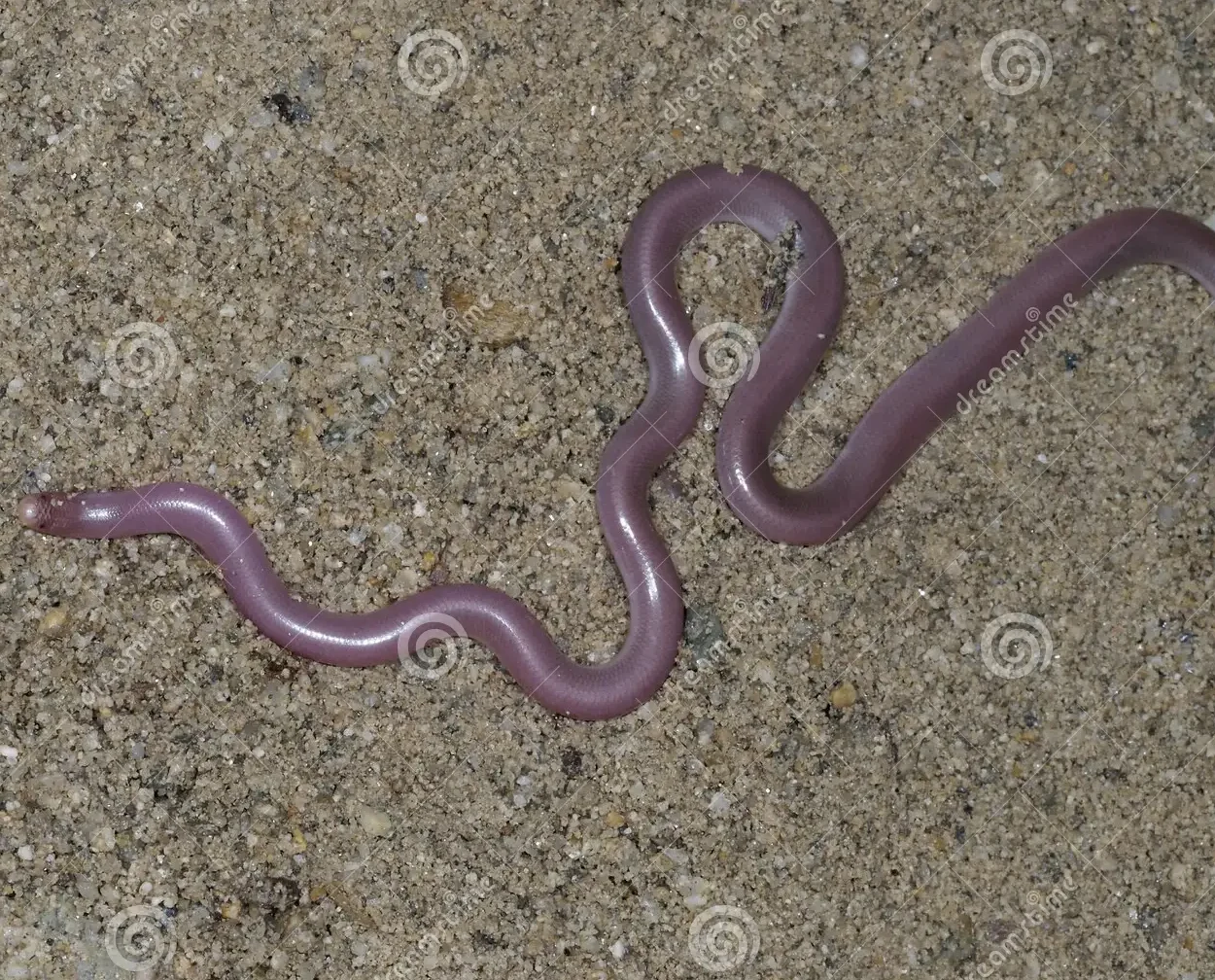
Evolution has shaped these snakes with specialized features perfectly suited for navigating and thriving within the dense, fibrous environment of coconut husks. Their cylindrical bodies lack the typical tapering found in many snakes, allowing for equal efficiency when moving forward or backward through tight spaces. The eyes are vestigial and covered with scales, appearing as small dark spots on their heads, reflecting their fossorial (burrowing) lifestyle where vision offers little advantage. Their scales are exceptionally smooth and tightly overlapping, reducing friction as they move through the husk fibers and soil. Perhaps most critically, their heads are blunt and reinforced, functioning as a wedge to push through substrate, while their tails end in a spine-like scale that provides leverage when navigating through the coconut fiber maze.
The Perfect Microhabitat: Coconut Husk Layers
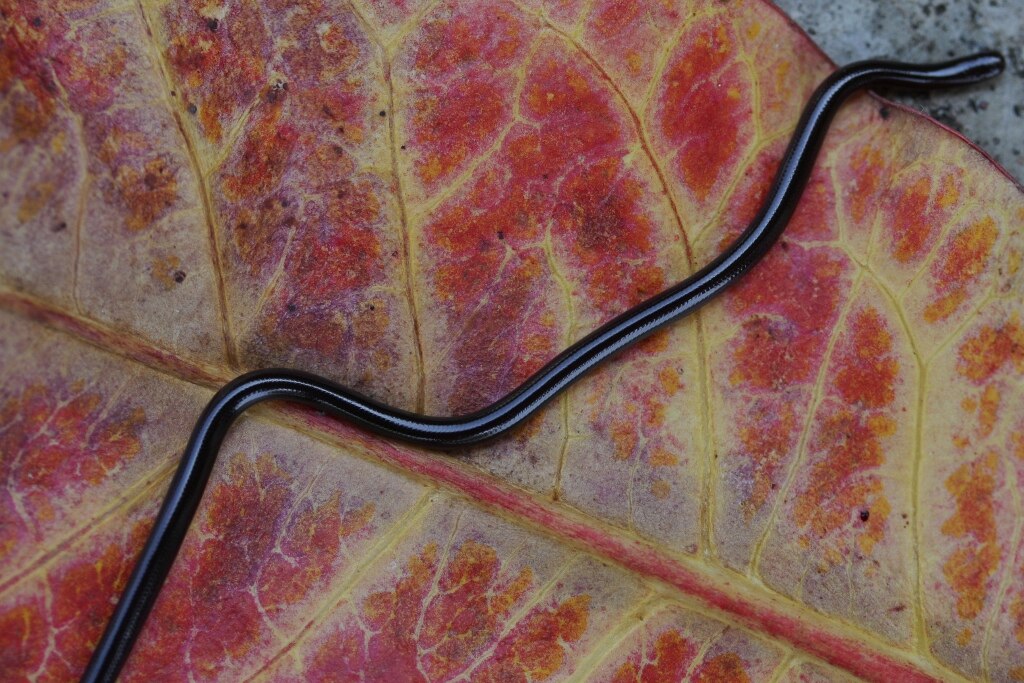
Coconut husks provide an ideal microhabitat that meets all the survival needs of these specialized snakes. The fibrous structure of decomposing husks maintains consistent humidity levels even during dry periods, preventing desiccation of these moisture-dependent reptiles. As husks break down, they generate heat through microbial decomposition, creating warm pockets that help the snakes maintain optimal body temperature in varying environmental conditions. The layered composition offers numerous small spaces and tunnels that serve as ready-made hideouts, protecting them from larger predators. Additionally, decomposing organic matter attracts a variety of invertebrates that serve as a sustainable food source, creating a complete ecosystem within what appears to be mere agricultural waste.
Unusual Reproductive Biology
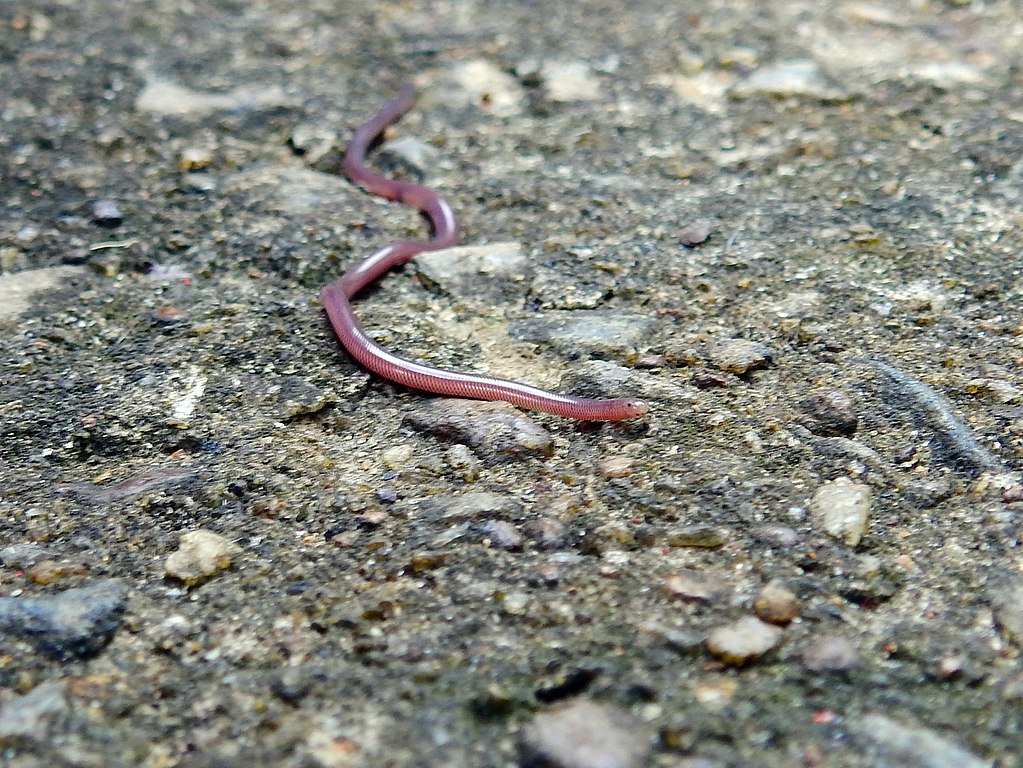
Perhaps the most extraordinary aspect of the coconut husk snake is its unique reproductive biology, which has contributed significantly to its worldwide spread. These snakes reproduce through obligate parthenogenesis, a form of asexual reproduction where females produce offspring without fertilization from males. In fact, the species consists entirely of females, making it one of the few vertebrate species to have eliminated males entirely from its evolutionary strategy. Each snake is capable of laying 1-8 tiny eggs several times annually, which develop among the protective layers of coconut husks. This reproductive adaptation means that just a single specimen transported in a coconut shipment can establish an entirely new population, explaining their successful colonization of numerous tropical regions worldwide.
Diet and Feeding Behavior
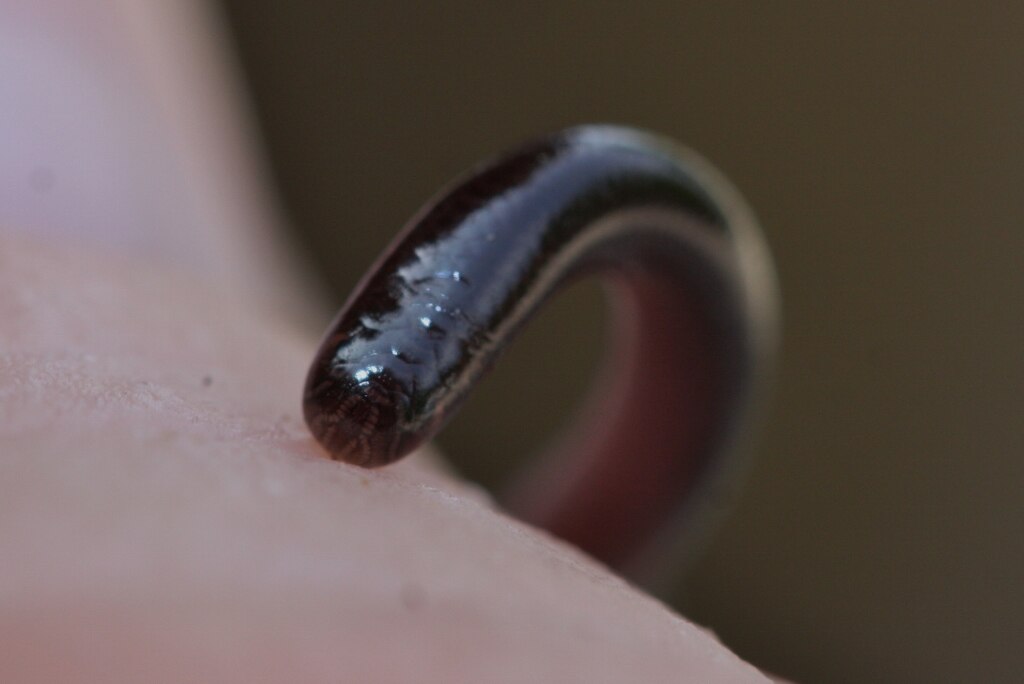
Within their coconut husk microhabitat, these snakes have specialized dietary preferences focused primarily on the eggs and larvae of ants and termites that also colonize the decomposing plant material. Their diminutive mouth size limits them to these small prey items, which they detect through chemical cues rather than vision. Using their flattened, countersunk lower jaw, they scoop up eggs and small larvae with remarkable efficiency. Feeding typically occurs during humid periods when prey activity increases within the husk layers. Research has shown that a single snake can consume hundreds of ant eggs in a week, potentially playing a significant role in controlling invertebrate populations within coconut processing areas.
Ecological Importance
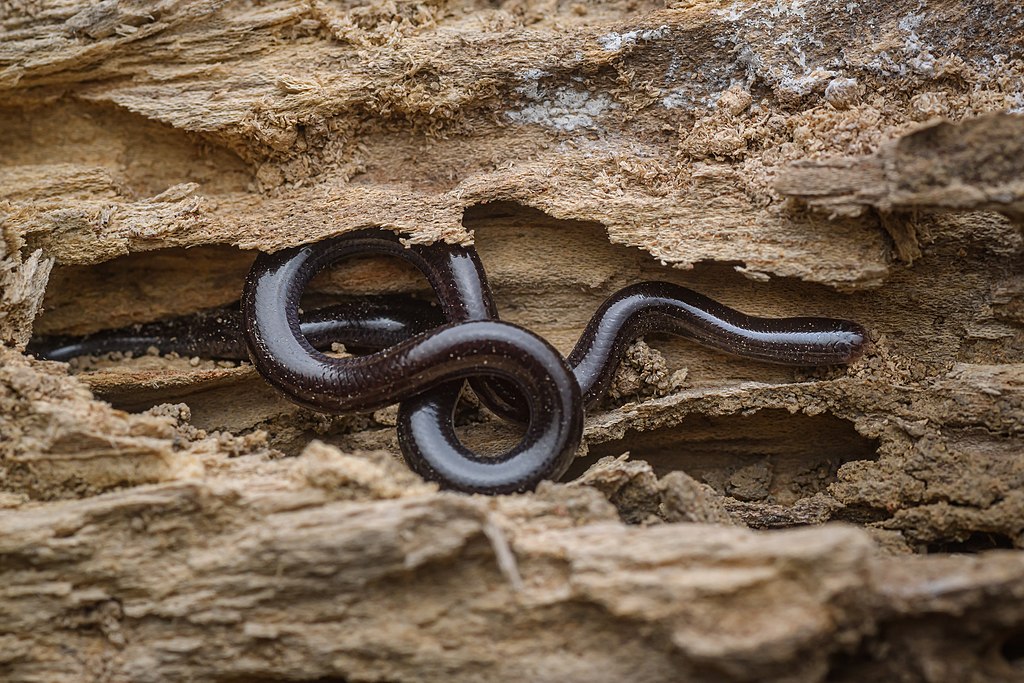
Despite their small size and secretive nature, coconut husk snakes perform several vital ecological functions within their adopted habitat. They serve as important biological control agents by regulating populations of ants, termites, and other invertebrates that might otherwise reach pest proportions in coconut processing areas. Their burrowing activities contribute to soil aeration and nutrient cycling, helping to break down organic matter more efficiently. Additionally, these snakes represent an important food source for numerous secondary predators including birds, mammals, and larger reptiles, forming a critical link in tropical food webs. Their presence in coconut husks thus represents a fascinating example of how wildlife can adapt to and thrive in agricultural by-products, creating unexpected ecological relationships.
Human Interactions and Cultural Significance
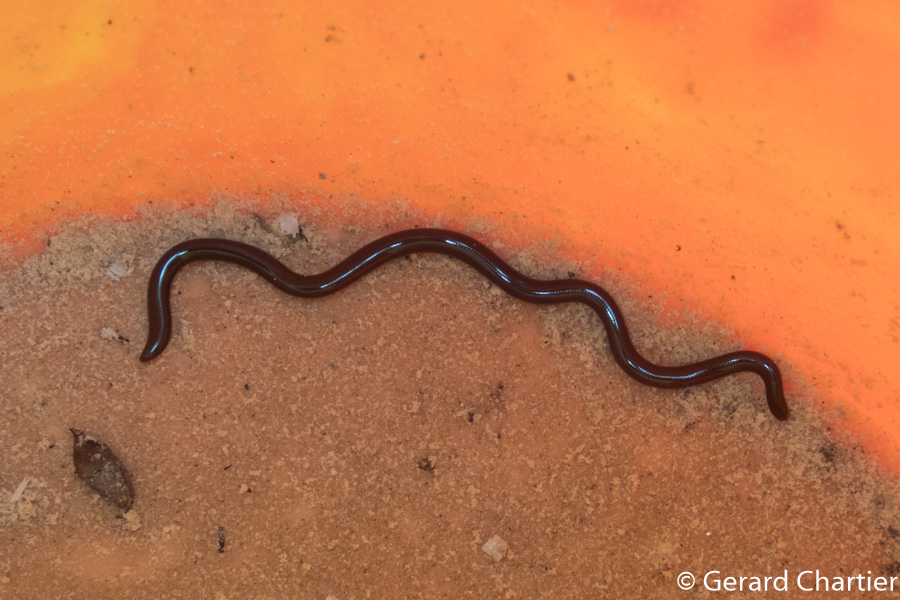
The relationship between humans and coconut husk snakes varies considerably across cultural contexts. In many Pacific island communities, they are considered beneficial creatures due to their role in controlling insect populations, and coconut farmers often deliberately introduce them to processing areas. Some traditional cultures incorporate these snakes into folklore, viewing them as symbols of fertility or protectors of coconut crops. In parts of South India, they are sometimes called “two-headed snakes” due to their similar appearance at both ends, and are erroneously believed to be highly venomous despite being completely harmless. Unfortunately, they are occasionally mistaken for venomous species, leading to unnecessary killing despite their ecological benefits and complete lack of threat to humans.
Conservation Status and Threats

The widespread distribution and adaptability of coconut husk snakes have insulated them from many of the conservation challenges facing other reptile species. Their current conservation status is listed as “Least Concern” by the International Union for Conservation of Nature (IUCN), reflecting their abundant populations across multiple continents. However, they face localized threats from habitat destruction, particularly the modernization of coconut processing techniques that reduce available husk piles. Chemical pesticides used in coconut plantations can accumulate in these snakes and impact their reproductive success. Climate change poses perhaps the most significant long-term threat, as rising temperatures and altered precipitation patterns may disrupt the delicate moisture balance within their microhabitat, potentially making some regions uninhabitable for these specialized reptiles.
Research Challenges and Knowledge Gaps
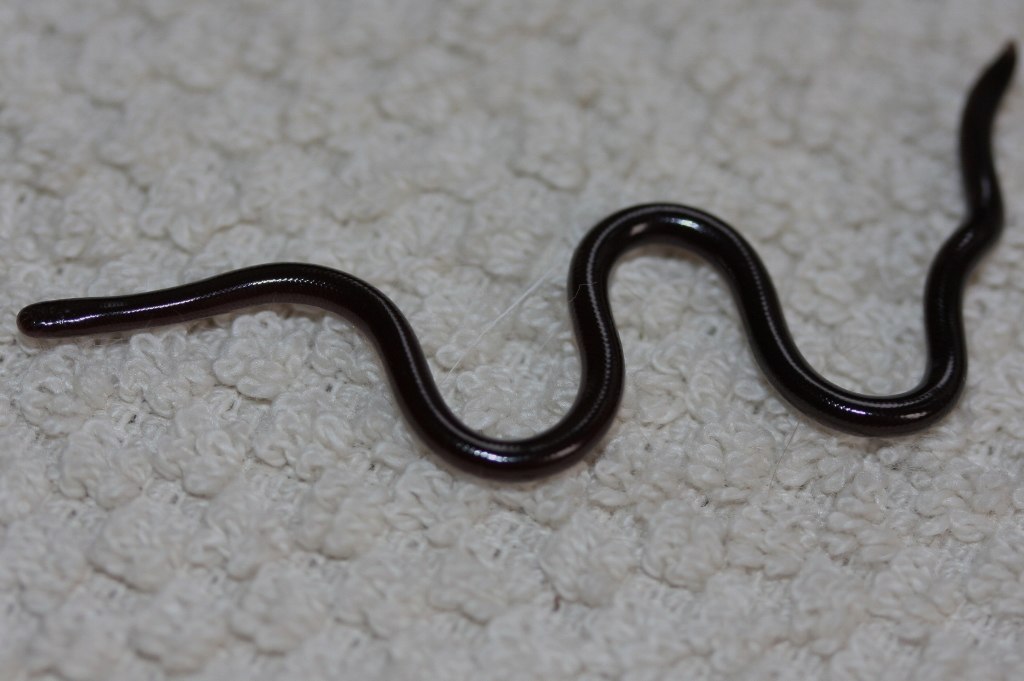
Scientific understanding of coconut husk snakes remains surprisingly limited despite their widespread distribution. Their secretive nature, small size, and subterranean lifestyle make field studies exceptionally challenging, with most observations occurring accidentally during coconut processing. Population densities are poorly documented, though some studies suggest they may reach several hundred individuals per hectare in optimal habitat. The ecological impacts of their introduction to new regions require further investigation, as their role as non-native species could potentially disrupt local invertebrate communities. Genetic research has revealed interesting patterns of diversity despite their clonal reproduction, suggesting multiple introduction events across their expanded range.
Similar Snake Species in Alternative Habitats
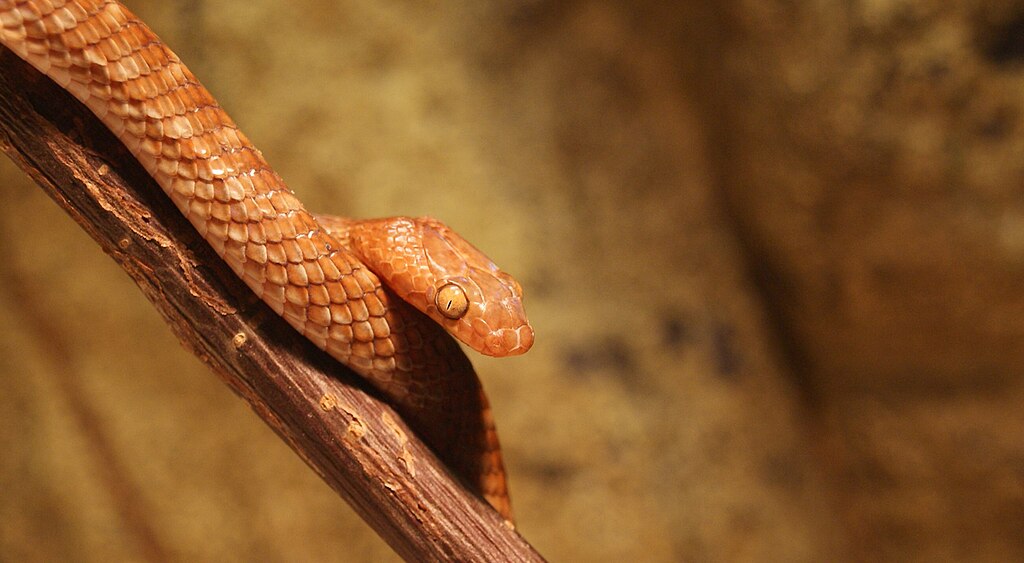
The adaptation to coconut husks is not entirely unique, as several related blindsnake species have developed similar relationships with different agricultural products. The Texas blindsnake (Rena dulcis) is occasionally found in decomposing hay bales and mulch piles across the southern United States. Another species, Anilios nigrescens, has been documented inhabiting the decomposing trunk material of banana plants in agricultural regions of Australia and Papua New Guinea. The African blindsnake (Afrotyphlops lineolatus) exhibits similar behavior in piles of discarded palm oil fruit casings throughout western Africa. These parallel adaptations demonstrate the evolutionary flexibility of blindsnakes as a group and their ability to exploit human-modified environments that mimic their natural subterranean habitat conditions.
Observing and Identifying Coconut Husk Snakes
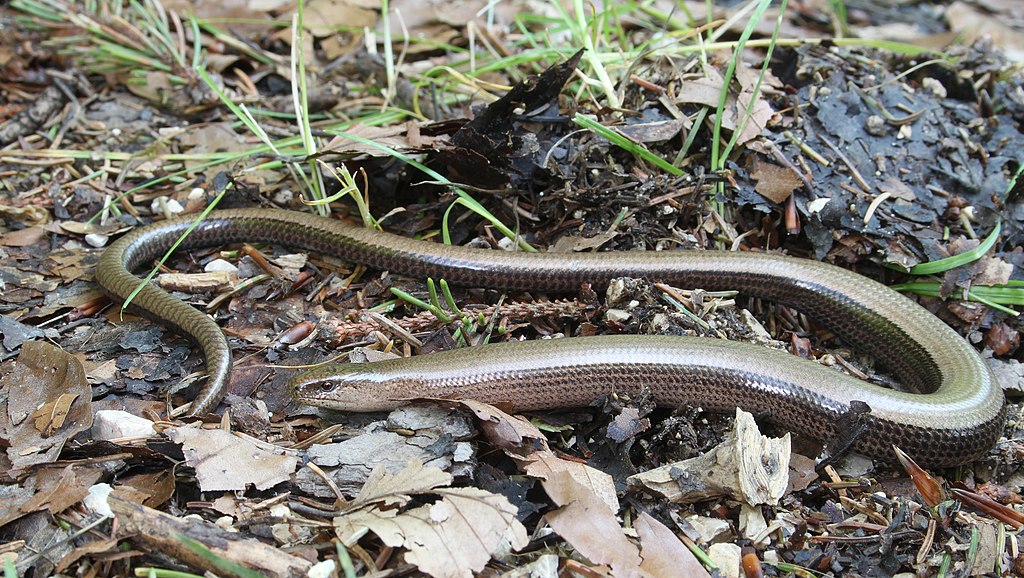
For those interested in observing these fascinating reptiles, certain identification features and search techniques can prove helpful. Careful examination of decomposing coconut husk piles, particularly in areas where husks have been undisturbed for several months, offers the best chance of spotting these elusive creatures. When searching, gentle separation of husk layers is recommended, focusing on areas with moderate moisture levels. Visual identification relies on noting their uniform coloration, extremely small size, and characteristic shiny, smooth appearance that distinguishes them from earthworms. Their movement pattern is also distinctive, involving straight-line progression rather than the S-shaped locomotion of most snakes, and they typically react to disturbance by remaining motionless rather than attempting rapid escape.
Conclusion: Nature’s Remarkable Adaptability
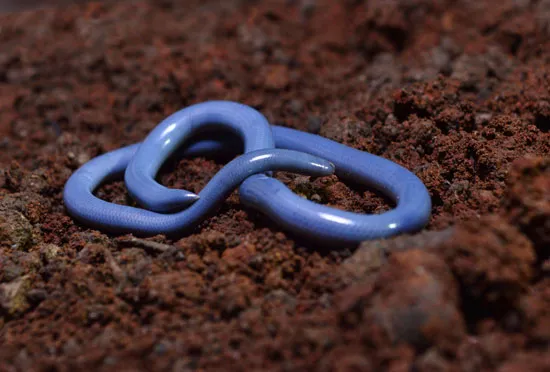
The coconut husk snake represents one of nature’s most remarkable examples of specialized adaptation and opportunistic habitat utilization. These tiny reptiles have turned what humans might consider agricultural waste into thriving microhabitats, expanding their range globally through association with human activity. Their unique biology—from their parthenogenetic reproduction to their specialized anatomy—showcases the incredible adaptability of life on Earth. As we continue to study these secretive creatures, they remind us that ecological relationships exist all around us, even in the most seemingly mundane contexts such as a pile of discarded coconut husks. These fascinating reptiles serve as ambassadors for the countless unseen species that have found their own specialized niches in our shared world.

